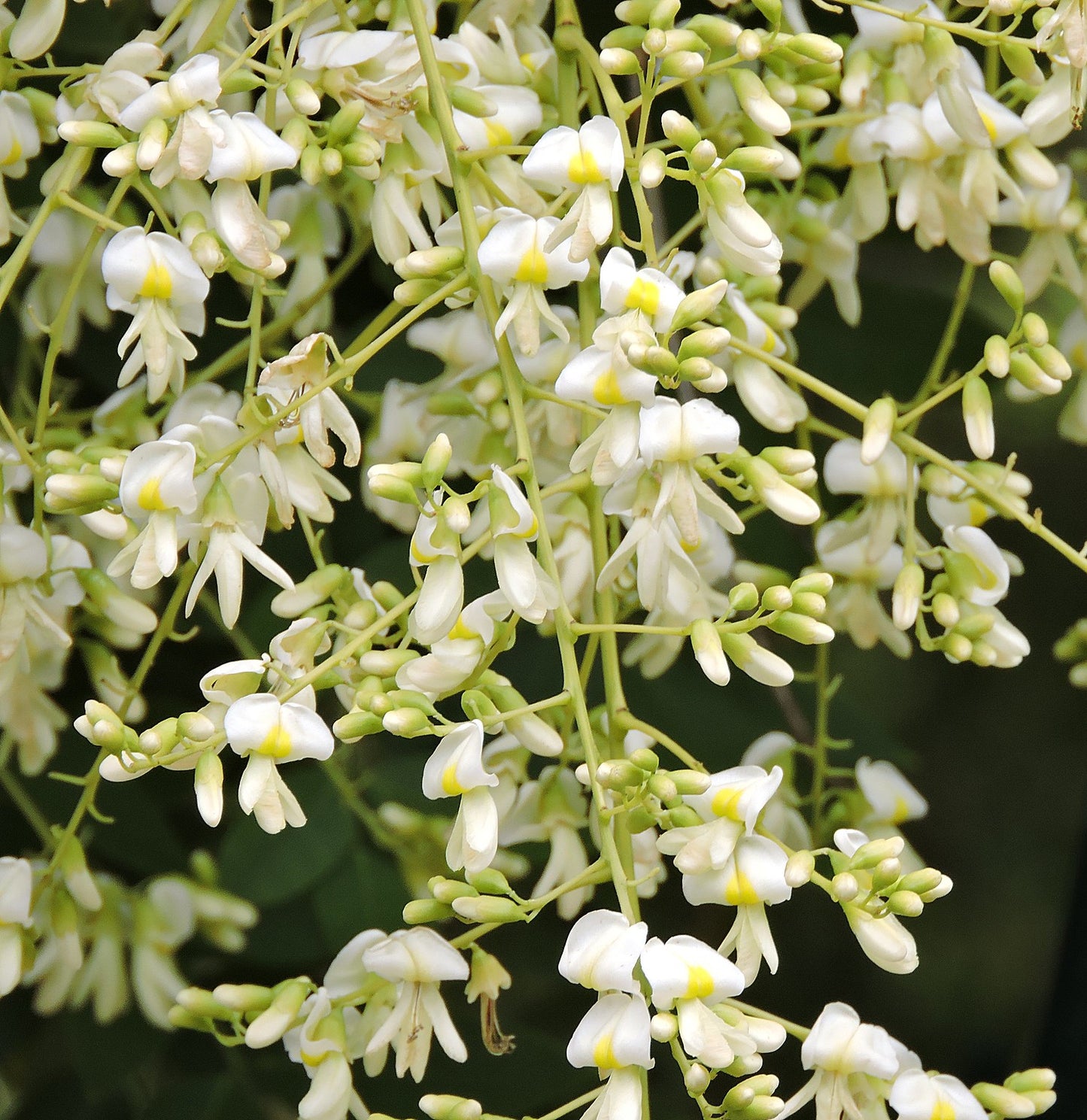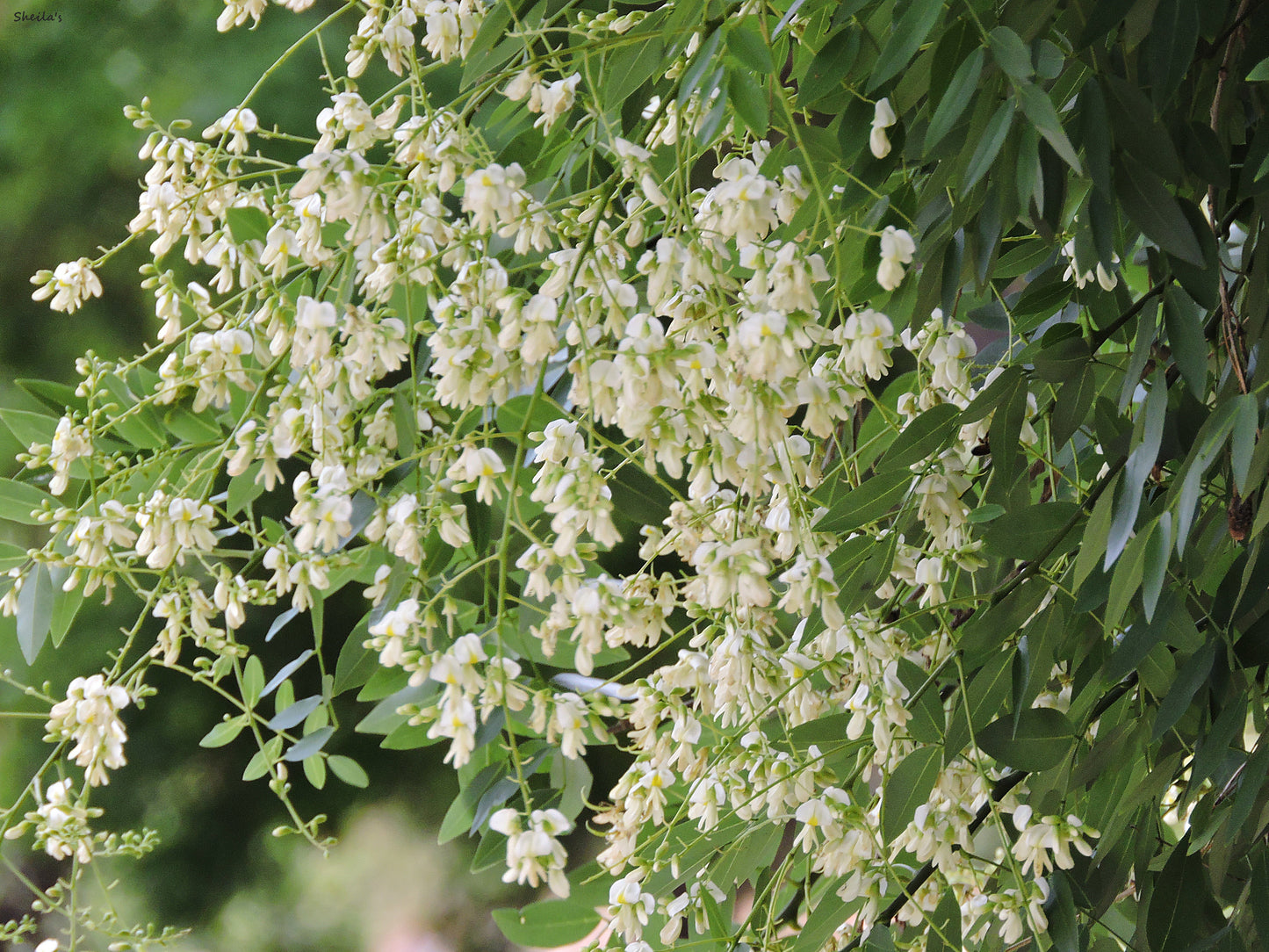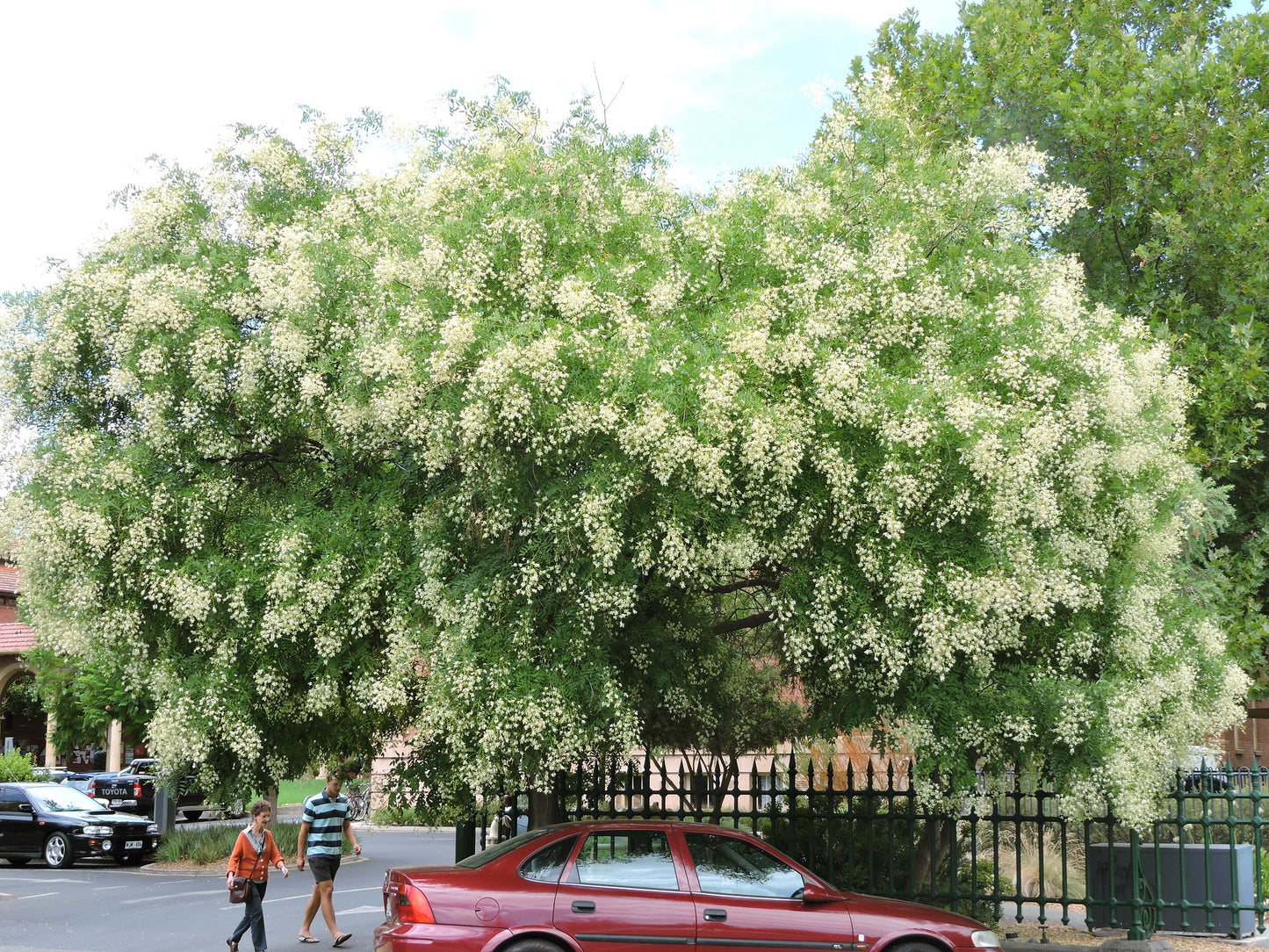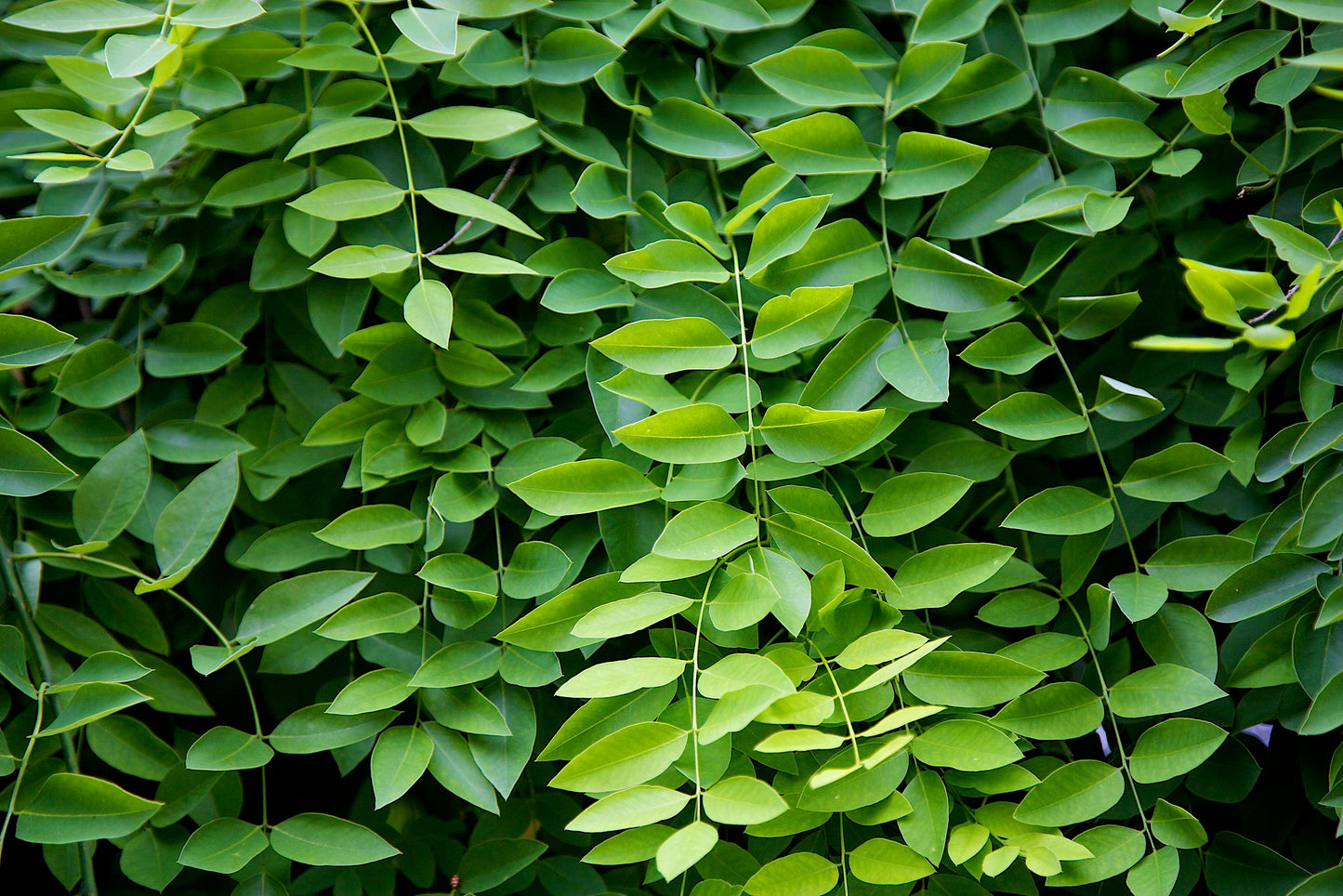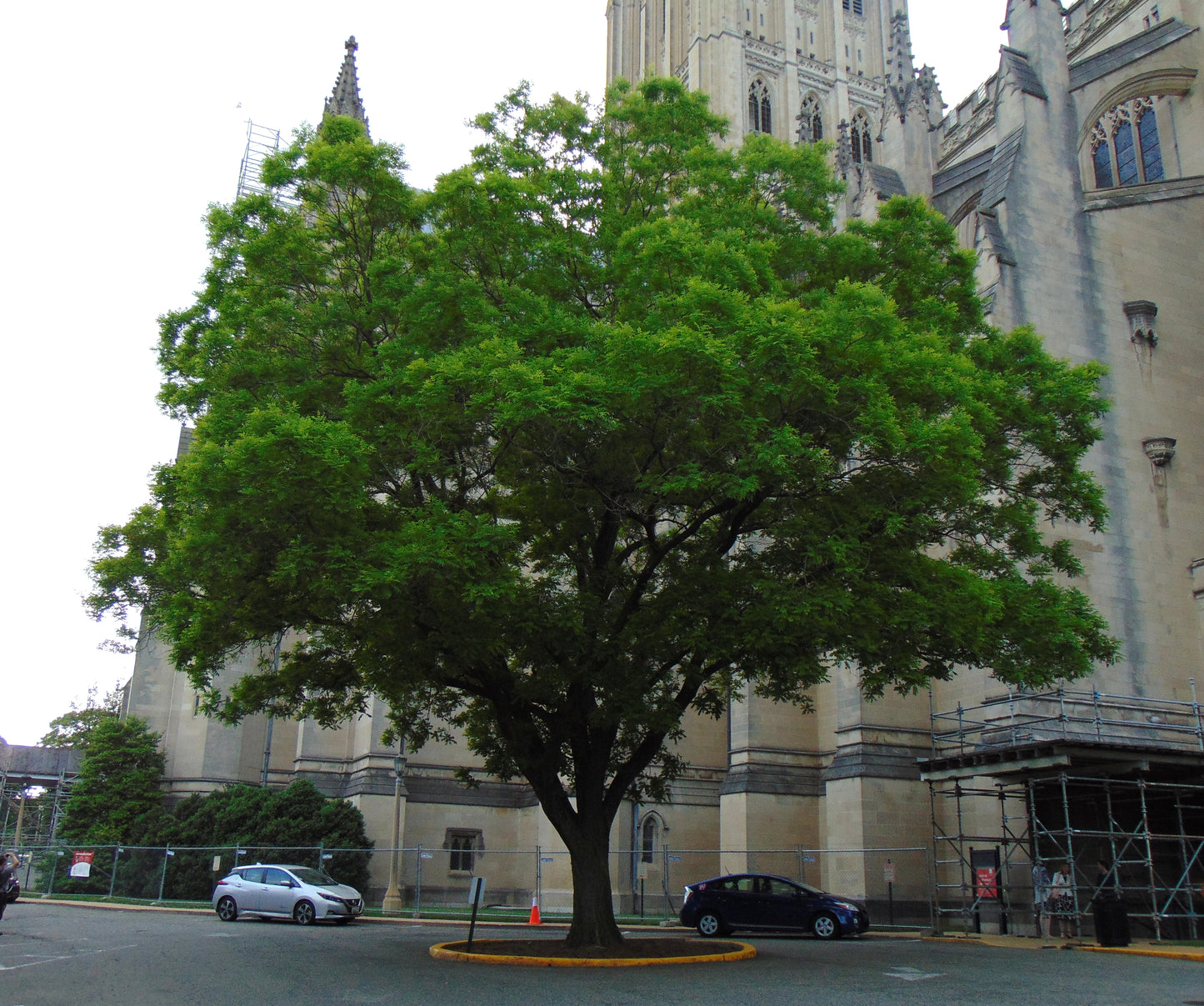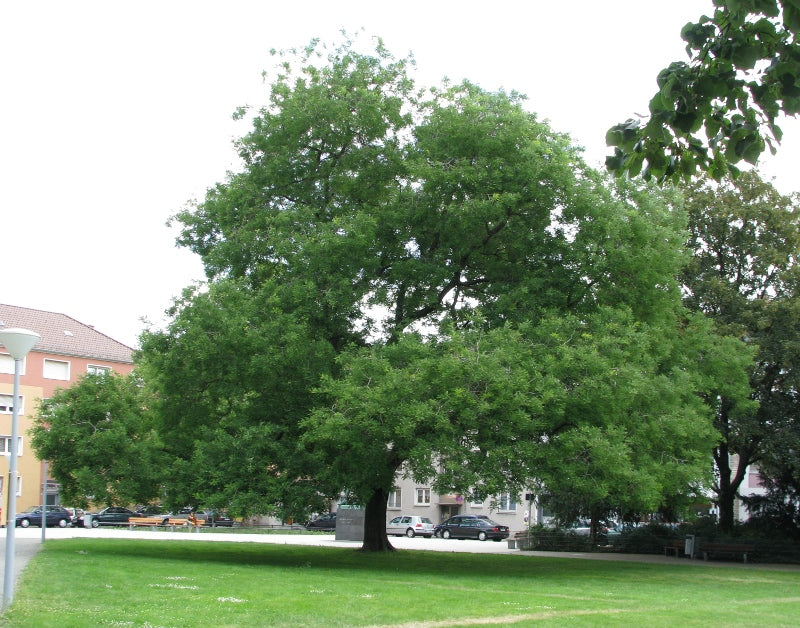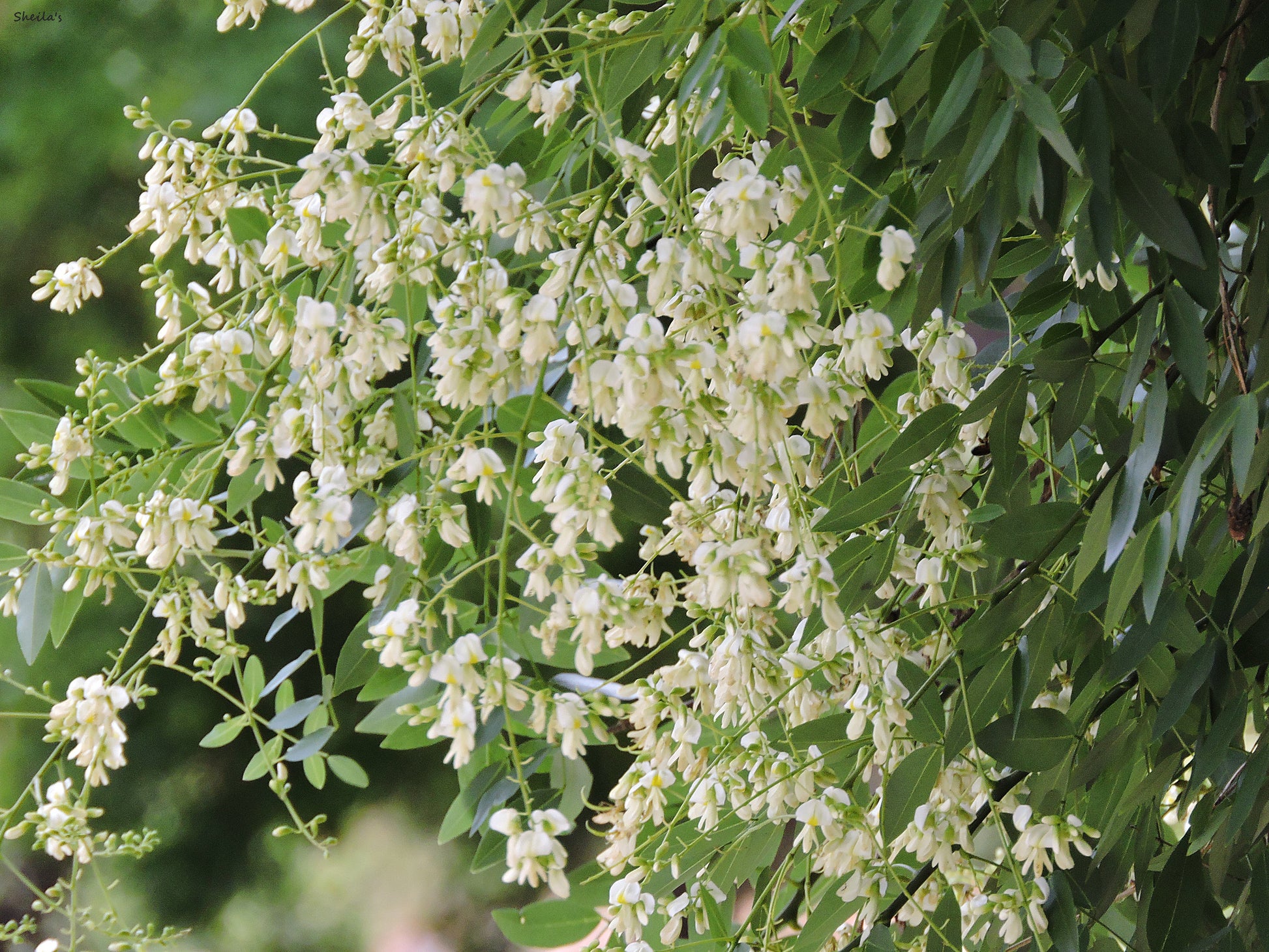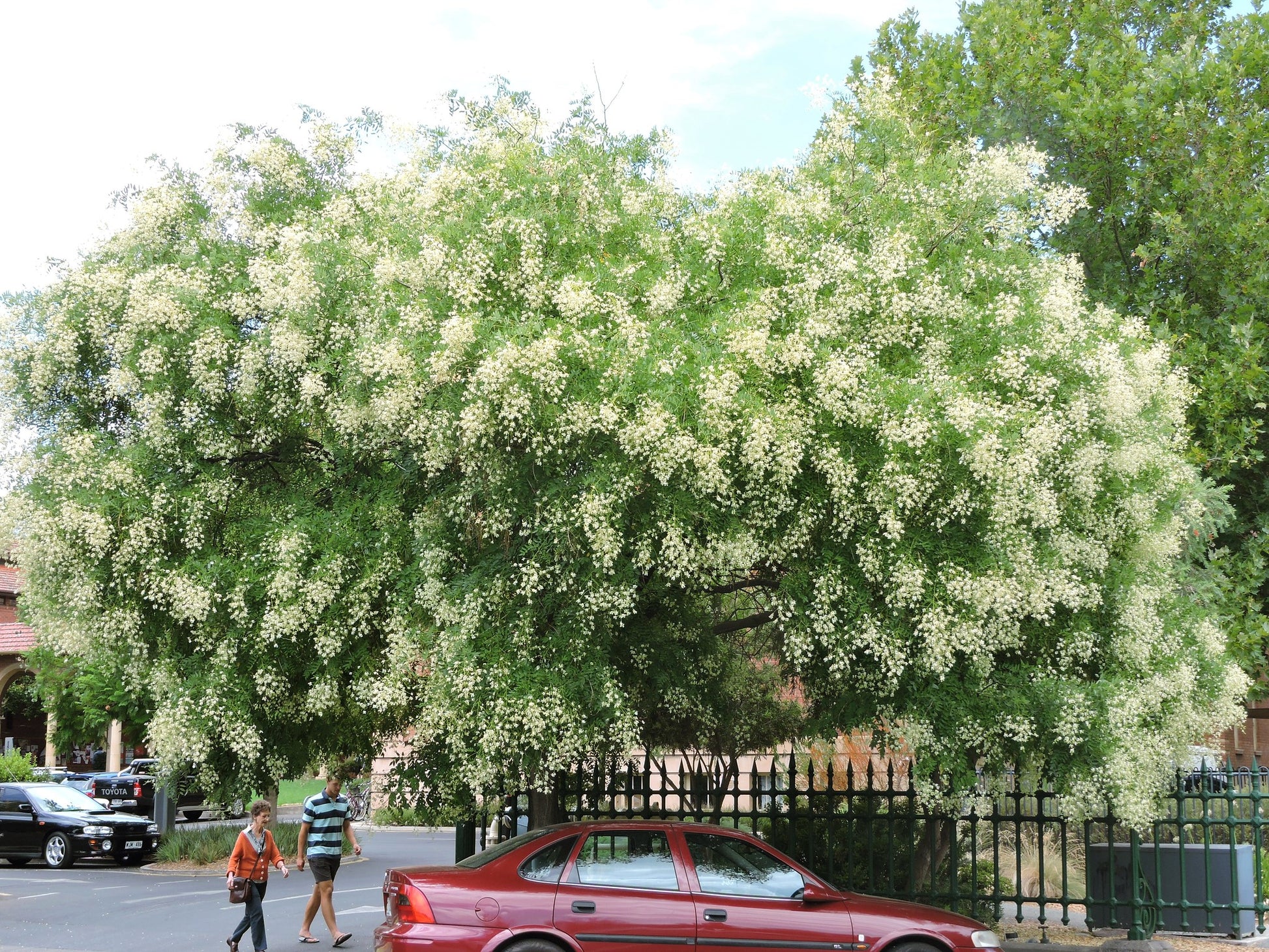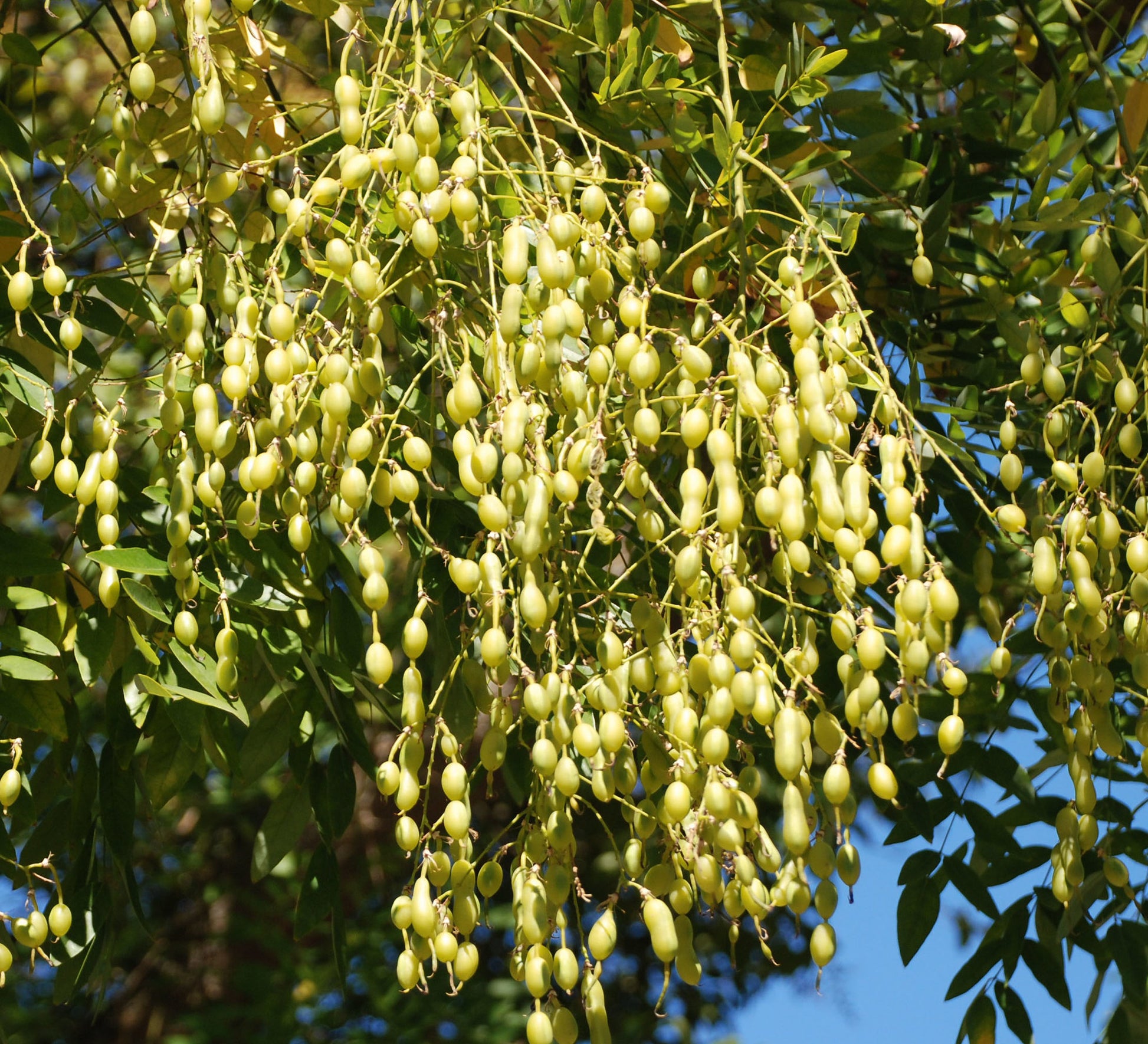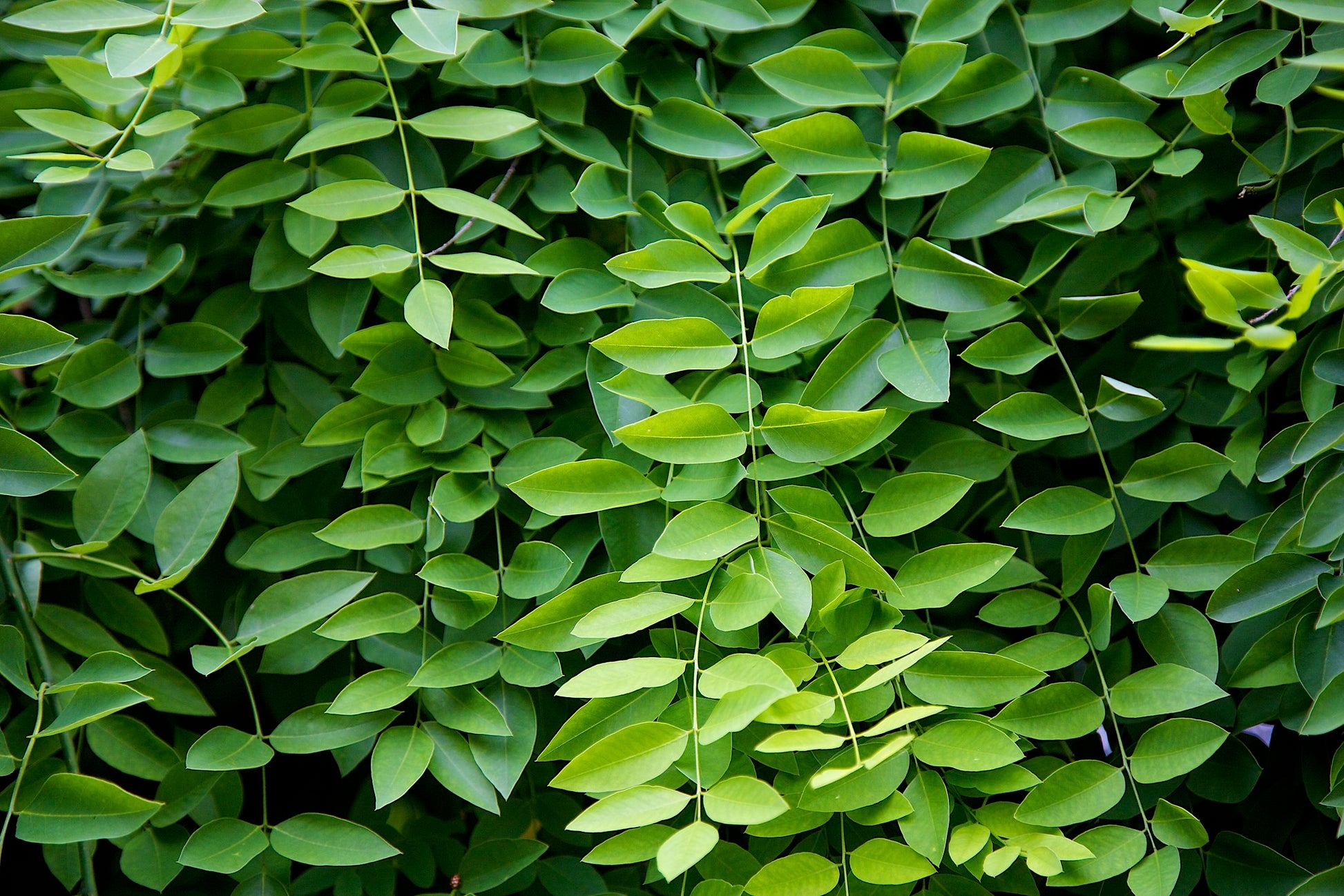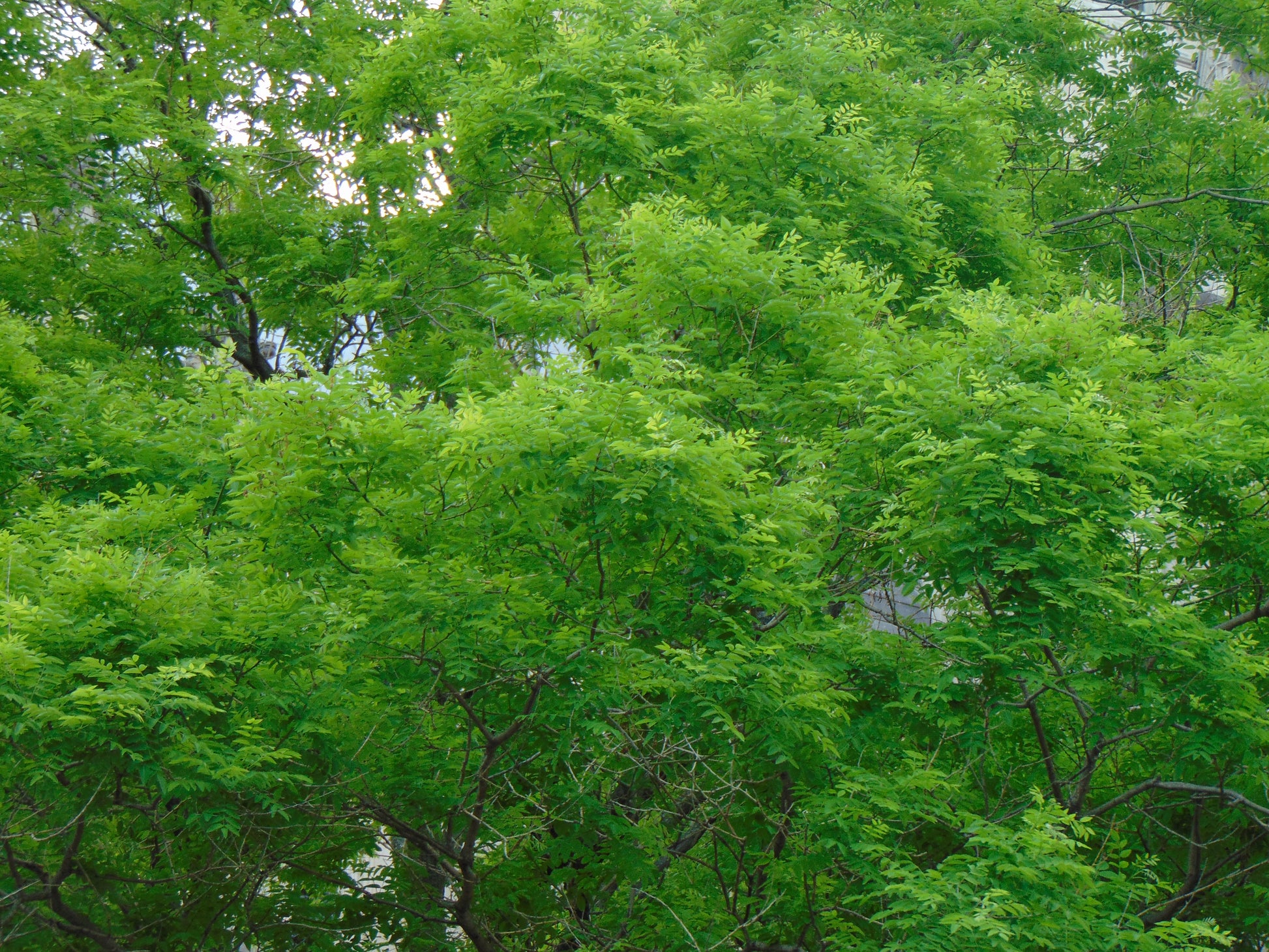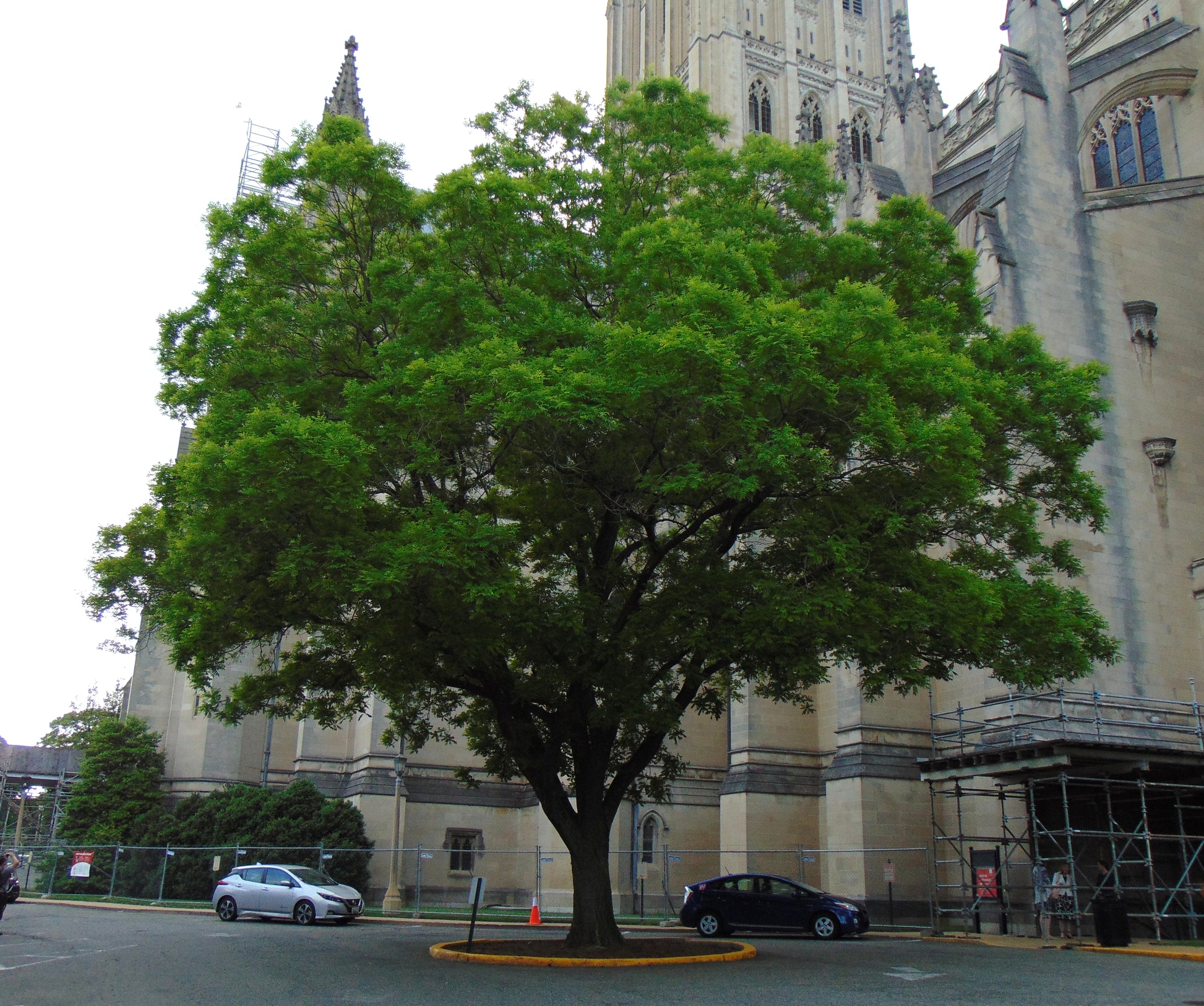Floridaseeds
Japanese Pagoda Tree Sophora japonica 20 Seeds USA Company
Japanese Pagoda Tree Sophora japonica 20 Seeds USA Company
Couldn't load pickup availability
Sophora japonica, commonly called Japanese pagoda tree or Chinese scholar tree, is native to China and Korea, but not Japan. It is a medium to large deciduous tree that typically matures to 50-75’ (less frequently to 100’) tall with a broad rounded crown. It is generally cultivated for its attractive compound foliage and fragrant late summer flowers. Pinnate leaves (to 10” long), each with 7-17 oval, lustrous, dark green leaflets, remain attractive throughout the growing season. Small, fragrant, pea-like, creamy white flowers (each 1/2” long) bloom in late summer in sweeping terminal panicles to 12” long and to 12” wide. Flowers fall to the ground around the tree after bloom covering the ground with a blanket of white. Flowers give way to slender, 1- to 6-seeded, knobby, bean-like pods (to 3-8” long) that mature to brown in fall and persist into winter. Although not native to Japan, the specific epithet and common name seem to recognize the early use of the tree in Japan around Buddhist temples. Best grown in rich, medium moisture, well-drained sandy loams in full sun to part shade. Best in full sun. Tolerant of common city pollutants and conditions. Once established, it is also tolerant of heat and some drought.
Growing Instructions
- Scarify the seeds by nicking or sanding the seed coat.
- Soak the seed in water for 12-24 hours.
- The seeds like moist, well-drained soil. Prepare a mixture of half potting soil and half sand, perlite or vermiculite. Put the soil in a pot. Water the mixture so that it is moist but not wet.
- Put the seeds on the soil.
- Cover the seeds with a layer of soil.
- Water the seeds.
- Place the pots in an area in full sun or part shade.
- When the seedlings are a few inches tall, they can be transplanted.
Materials
Materials
Shipping & Returns
Shipping & Returns
Dimensions
Dimensions
Care Instructions
Care Instructions
Share
